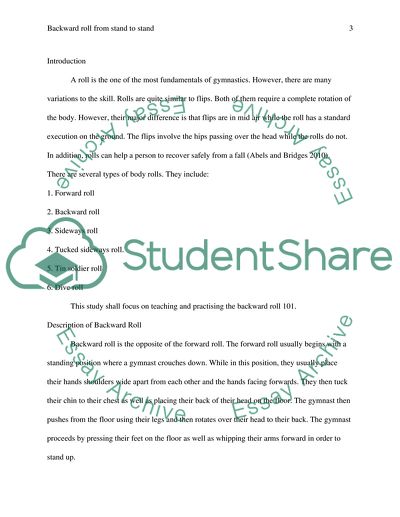Cite this document
(“Practicing the Backward Roll in the Gymnastics Term Paper”, n.d.)
Practicing the Backward Roll in the Gymnastics Term Paper. Retrieved from https://studentshare.org/sports-and-recreation/1827488-backward-roll-from-stand-to-stand
Practicing the Backward Roll in the Gymnastics Term Paper. Retrieved from https://studentshare.org/sports-and-recreation/1827488-backward-roll-from-stand-to-stand
(Practicing the Backward Roll in the Gymnastics Term Paper)
Practicing the Backward Roll in the Gymnastics Term Paper. https://studentshare.org/sports-and-recreation/1827488-backward-roll-from-stand-to-stand.
Practicing the Backward Roll in the Gymnastics Term Paper. https://studentshare.org/sports-and-recreation/1827488-backward-roll-from-stand-to-stand.
“Practicing the Backward Roll in the Gymnastics Term Paper”, n.d. https://studentshare.org/sports-and-recreation/1827488-backward-roll-from-stand-to-stand.


